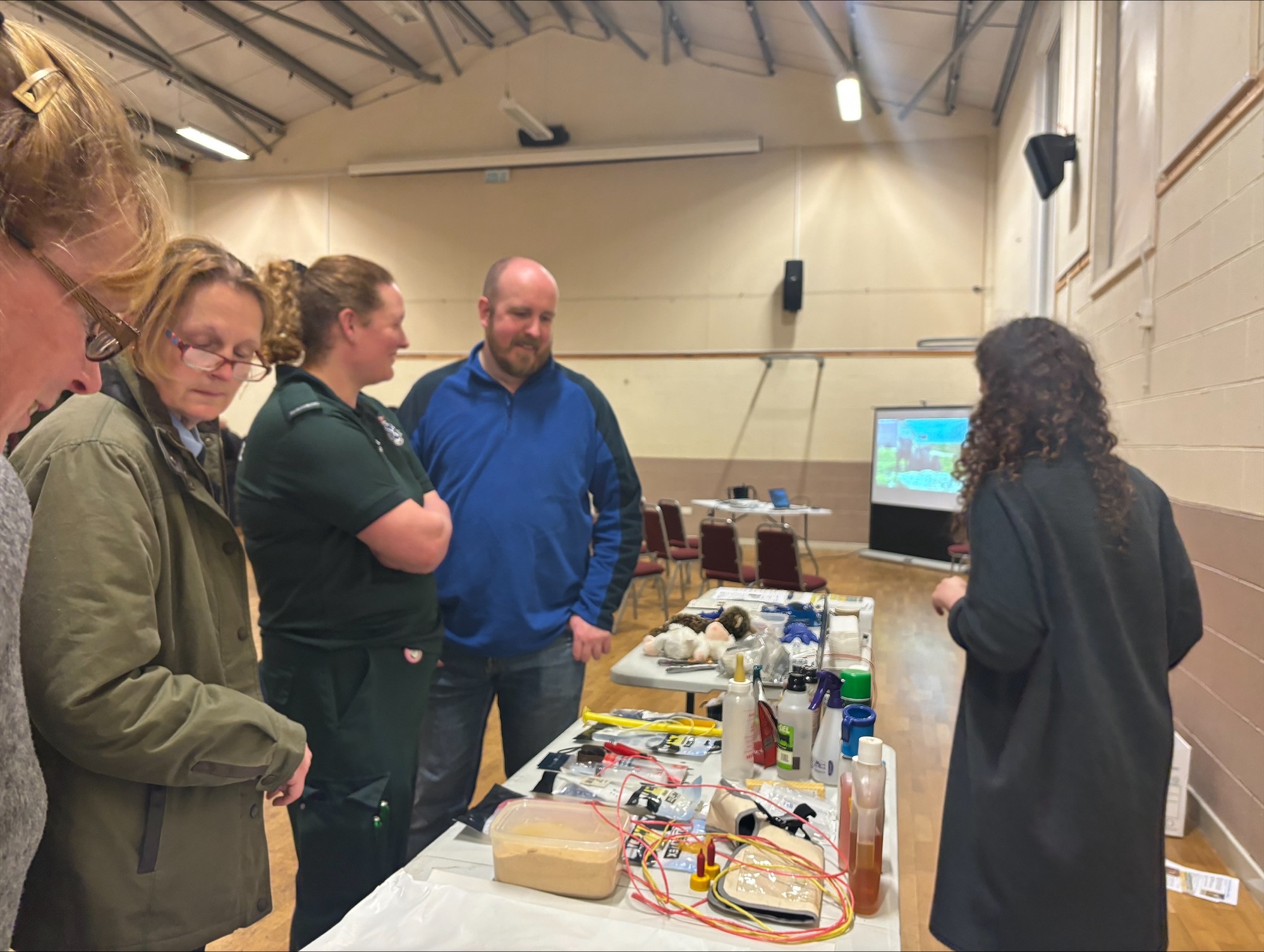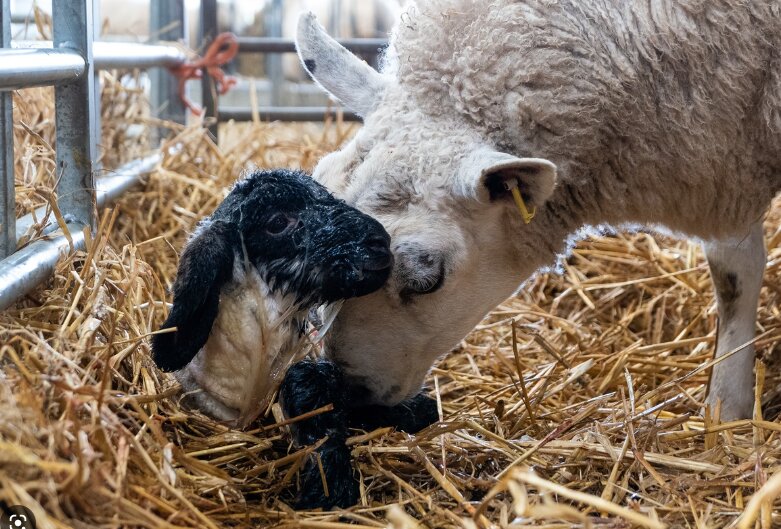Top Tips for Successful Calf and Lamb Management
3 April 2024Next Generation Newsletter
This article is produced as a part of the FAS Next Generation Newsletter. Subscribe now to receive the full report in your inbox quarterly.
Two workshops were held recently in Wigtownshire, focusing on the key skills required to successfully rear calves and lambs to allow new entrants to build healthy and productive herds and flocks or give them the skills to make a positive contribution on other units. Both workshops were run by SAC Consulting staff alongside vets from Academy Vet practice, Stranraer. The main take home message from both meetings was that ensuring calves and lambs receive enough colostrum is the key to ensuring high rates of newborn survival.
After the safe delivery of any newborn animal, the most important thing is to ensure that it receives sufficient colostrum. Colostrum is the first milk produced by the mother and is a vital course of antibodies, also known as immunoglobulins (IgG) which provide the lamb or calf with immunity.
As newborns do not have their own immunity when born it is vital it is provided from adequate colostrum intake. It is also packed full of nutrients an energy to help the young animal stay warm and begin to grow.

To maximise the effectiveness of colostrum it is vital to remember the “3 Q’s” of colostrum management: Quality, Quantity, and Quickly.
Quality
Colostrum is produced in the dry period and the quality is dictated by the quality of the feed fed to the mother and her health status. It is not always possible to tell the quality of the colostrum just from looking at it, but a tool known as a Brix Refractometer (available online for around £20) can help determine the quality, which should be at least 50g/L of IgG.
It is important to reduce the number of harmful bacteria entering the gut as this reduces the absorption of antibodies. Therefore lambing and calving pens must have high hygiene standards and stored colostrum must be keep in clean, sealed containers and in the fridge.
Quickly and Quantity
Calves require around 3 litres of colostrum within the first 2 hours of life and 200 ml for lambs to gain maximum immunity. In most cases this should be split over 2 feeds within the 2 hours. The same amount should be fed again within the first 12 hours of life. It can be easy to determine how much colostrum a dairy calf takes as it is often fed by bottle or stomach tube, but how do you know if a suckled calf has had enough? A good rule of thumb is “1 litre consumed for every 10 minutes of suckling” so you should be looking for a calf to be suckling for 30 minutes over the first 2 hours of life.

It is a good idea to have a supply of artificial colostrum in stock in case the mother doesn’t have enough, or it is of poor quality. Pay attention to the fat and protein contents of powdered colostrum - the higher these levels, the better quality it will be.
For more information on the 3 Q’s of colostrum management visit www.ahdb.org.uk or www.fas.scot
By Alison Clark, SAC Consulting
Sign up to the FAS newsletter
Receive updates on news, events and publications from Scotland’s Farm Advisory Service

